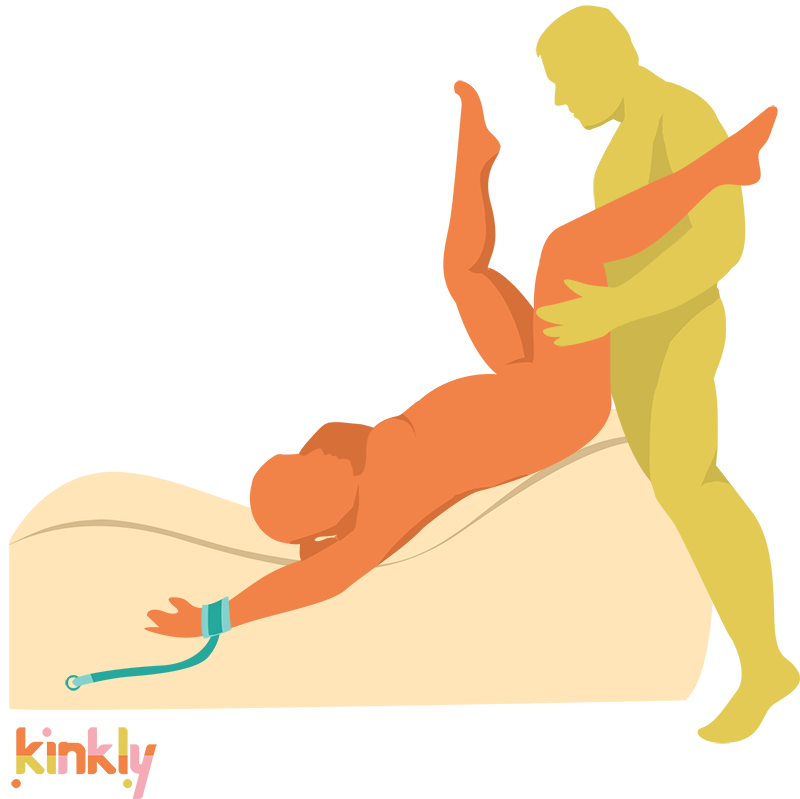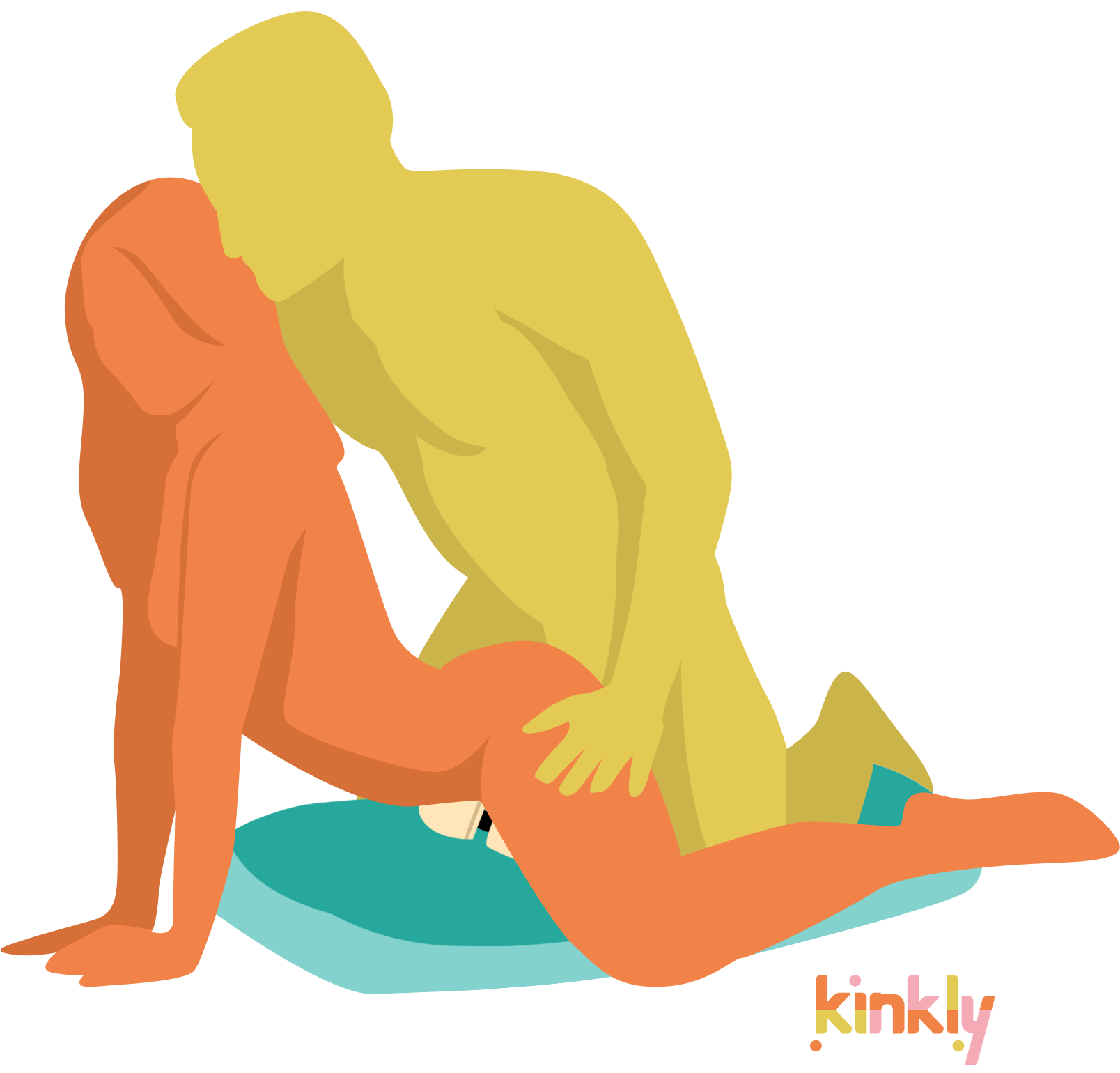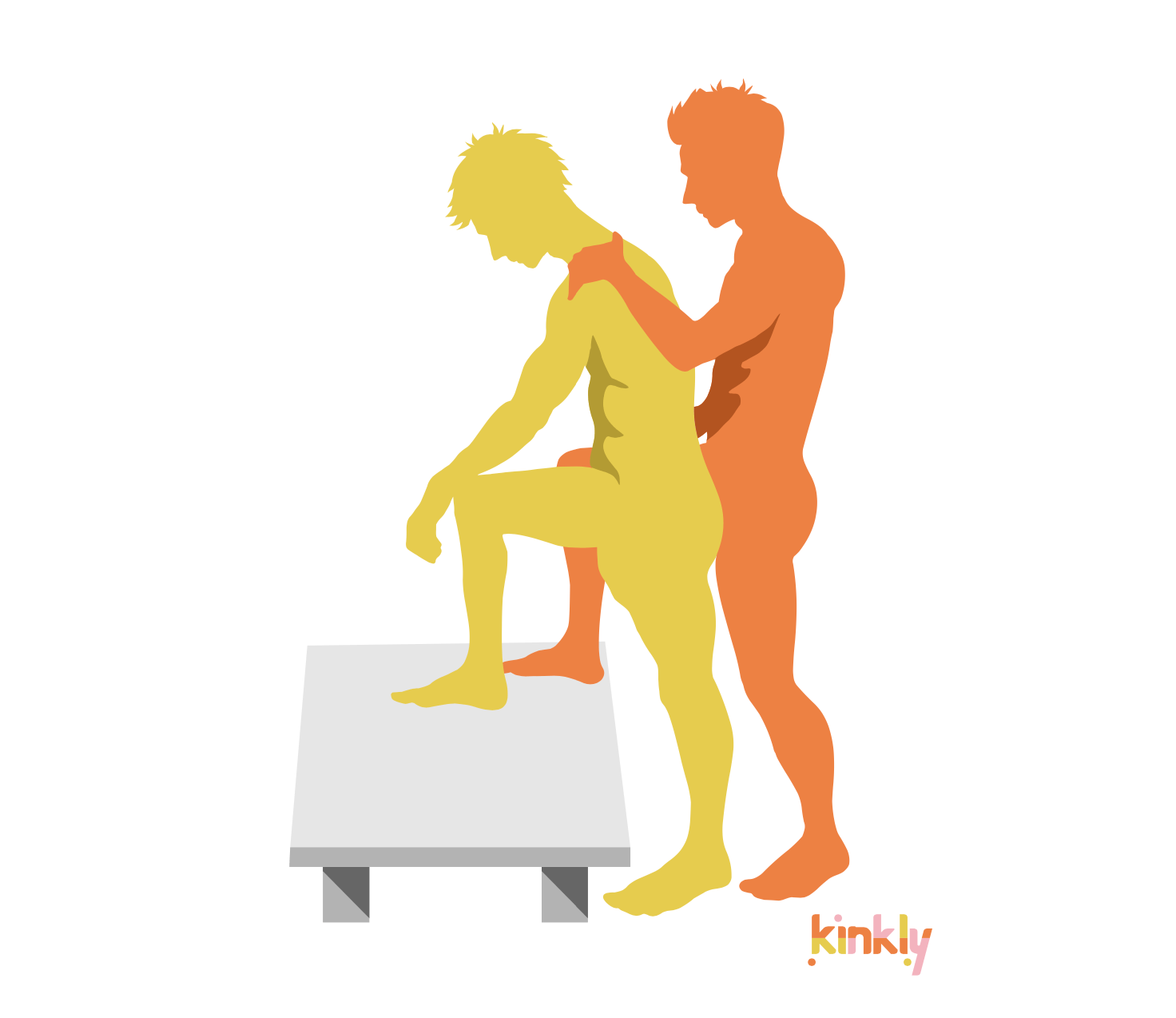Testosterone is a hormone that plays a vital role in maintaining a sex drive, producing sperm, developing male sex organs, and other bodily functions. Testicles and ovaries produce testosterone. This hormone’s name is sometimes shortened to simply T.
How the body uses it
The body relies on testosterone for several functions, including:
- Maintaining a healthy sex drive
- Helping the penis, testicles, and prostate develop
- Helping the testes make sperm
- Maintaining fertility
- Triggering changes that boys and people with penises experience during puberty, such as the voice deepening and more body hair growing
- Maintaining healthy bones and muscles
- Regulating moods
- Aiding focus
- Giving the body energy
- Regulating fat storage, for men
- Producing red blood cells
Testosterone production
Humans and animals of all genders make testosterone. However, as the testes are the primary producers of this hormone, levels for men and other people with testes are typically higher than the testosterone levels of women and other people with ovaries. People with ovaries also convert some testosterone to the female sex hormone, estrogen.
Normal Levels
Healthcare providers consider testosterone levels between 280 and 1,100 nanograms per deciliter (ng/dL) normal for men, and between 15 and 70 (ng/dL) normal for women. There’s such a wide range because levels vary from person to person, depending on several factors.
Testosterone production ramps up during puberty for everyone, then usually starts falling around the age of 30. Pregnant people usually have higher T levels than women who aren’t expecting. Several health issues can also impact testosterone levels.
Low Levels
Low testosterone levels can dramatically impact physical and mental health by causing issues such as:
- Low sex drive
- Fertility issues
- Depression
- Poor muscle mass
A simple blood test can tell whether someone’s testosterone levels are low. Healthcare providers may also ask for other tests, such as semen analysis or a testicle biopsy, to learn more about the body’s hormone production.
There are several reasons people may have low T levels for their gender, including:
- Old age
- Injury to the testicles
- Cancer treatments impacting the testicles or ovaries
- Removal of the testicles or ovaries
- Stress
- AIDS
- Kidney disease
- High alcohol use
- Cirrhosis of the liver
- Diseases impacting the pituitary, hypothalamus, or adrenal glands
Medical intervention isn’t always essential when someone's levels are low.
“Per the American Urological Association guidelines, you need to have low testosterone and be symptomatic (low energy, low libido, weight gain, mood changes, body hair loss to name a few) to be considered to have hypogonadism,” Dr. Justin Dubin, a urologist specializing in sexual medicine and male infertility who co-hosts Man Up: A Doctor’s Guide to Men’s Health, told Kinkly. “Total testosterone <300 is what the guidelines say, however, the Endocrine Society also uses free testosterone. We are also starting to understand that men of different ages may have different values for what is considered low - so there is some nuance to determining if you are a good candidate for testosterone replacement therapy (TRT)."
“One of the biggest contraindications is if you want to have children,” he continued. “Testosterone replacement therapy causes infertility, so if you are trying to conceive, I would not recommend taking TRT. There are other options for these men to take to improve their testosterone and preserve their fertility. Overall, TRT is safe if managed appropriately and having low T may be a serious risk factor for other health issues. A recent study showed that men with low T are at higher risk for all-cause mortality. So if you have low T I think it is important to address, go talk to your local urologist.”
People approved for TRT can top up their T levels with injections, pills, gels, or patches. People taking T may notice several benefits including a higher sex drive and more muscle mass.
High Levels
High testosterone can also be an issue. It can cause a range of symptoms including:
- Aggressive behavior
- Mood swings
- Risk-taking
- Unexplained weight gain
- Headaches
- Excess body hair
- Acne
It can also lead to serious medical issues including an enlarged prostate and obstructions and tumors of the liver. While testosterone doesn’t appear to cause prostate cancer, high levels may also accelerate the disease's progress.
Healthcare providers can also use a blood test to diagnose high testosterone. Some of the most common causes of high testosterone levels include:
- Anabolic steroid use
- Testosterone supplements
- Some medications, including fluoxymesterone used to treat low testosterone in men and female breast cancer
- Some medical conditions, including adrenal tumors (both cancerous and benign), congenital adrenal hyperplasia, and acromegaly, sometimes called Cushing syndrome
If supplements or medications are causing elevated T levels, discontinuing their use should resolve the issue. Similarly, testosterone levels should return to normal after a healthcare provider removes adrenal tumors.
Some medications, such as steroid synthesis inhibitors to treat Cushing syndrome, will also reduce T levels.
Testosterone and gender alignment
Transgender men and others who identify as more masculine than their bodies appear may take testosterone, called masculinizing hormone therapy. This inhibits the menstrual cycle and the ovaries' ability to make estrogen, while triggering other changes seen when boys go through puberty, like deepening the voice and increasing the growth of body hair.
Feminizing hormone therapy is an option for transgender women and others who want to reduce their testosterone levels for gender alignment. This therapy involves taking estrogen to reduce T production. Estrogen can also cause other changes in the body, such as triggering the growth of breast tissue.
Both kinds of hormone therapy for gender alignment can have several benefits, including improving mental health, sexual satisfaction, and quality of life. People might undertake these therapies alone or along with masculinizing or feminizing surgery.
Risks of masculinizing hormone therapy & TRT
While testosterone therapy to boost testosterone levels, including masculinizing hormone therapy and TRT, can have several benefits, there can also be some negative side effects, including:
- Oily skin and acne
- Smaller testicles
- Lower sperm production
- Fluid retention and weight gain
- Worsening sleep apnea
- Increased risk of blood clots
As Dr. Dubin mentioned above, it can also cause infertility, at least temporarily.
“In fact, about 65 percent of men with normal sperm become sterile within just four months of using testosterone therapy,” he explained. “Good news is if you are currently taking testosterone therapy, the majority of men with originally normal sperm counts can recover but it may take some time, sometimes up to two years.”
TRT and Prostate Cancer
While early studies suggested a link between testosterone replacement therapy and prostate cancer, more recent research contradicted this.
“There is controversy on the role of prostate cancer and TRT. Testosterone does NOT cause prostate cancer but prostate cancer may feed off of testosterone,” Dr. Dubin explained. “More recent data has suggested that in the right patient, it is safe to provide testosterone replacement therapy, but this is currently not the standard of care.”
A Swedish study published in 2017 also found people who underwent TRT had less risk of developing aggressive prostate cancer.
TRT and the Heart
Some publications report that TRT may also increase the risk of heart disease. However, more research is needed to confirm this.
“It can cause polycythemia, which is increased blood thickness. This can theoretically cause a clot, however TRT at therapeutic levels is not a risk factor for heart attack or stroke. It is safe,” Dr. Dubin said.
“Potential benefits of testosterone therapy include improvement of your erections, sex drive, bone health, muscle mass. Having low T is a risk factor for a lot of health issues and therefore it is a great preventative measure to help you lead your best, healthiest life,” he stressed. “In general, TRT is very safe, as long as it is given within therapeutic levels. When you are at supratherapeutic levels, that is where significant risks can develop.”
Risks of feminizing hormone therapy
While feminizing hormone therapy has many benefits, it can also increase the risk of several health issues including:
- Blood clots
- Strokes
- Heart issues
- High blood pressure
- Increased levels of triglycerides, potassium, or prolactin in the blood
- Weight gain
- Infertility
- Type 2 diabetes
- Nipple discharge
- Breast cancer, in line with the risk to cisgender women
It’s important for anyone considering increasing or reducing their testosterone levels to weigh up the benefits and risks with guidance from a trusted, non-judgemental healthcare provider, to decide whether it’s the right choice for them.

















